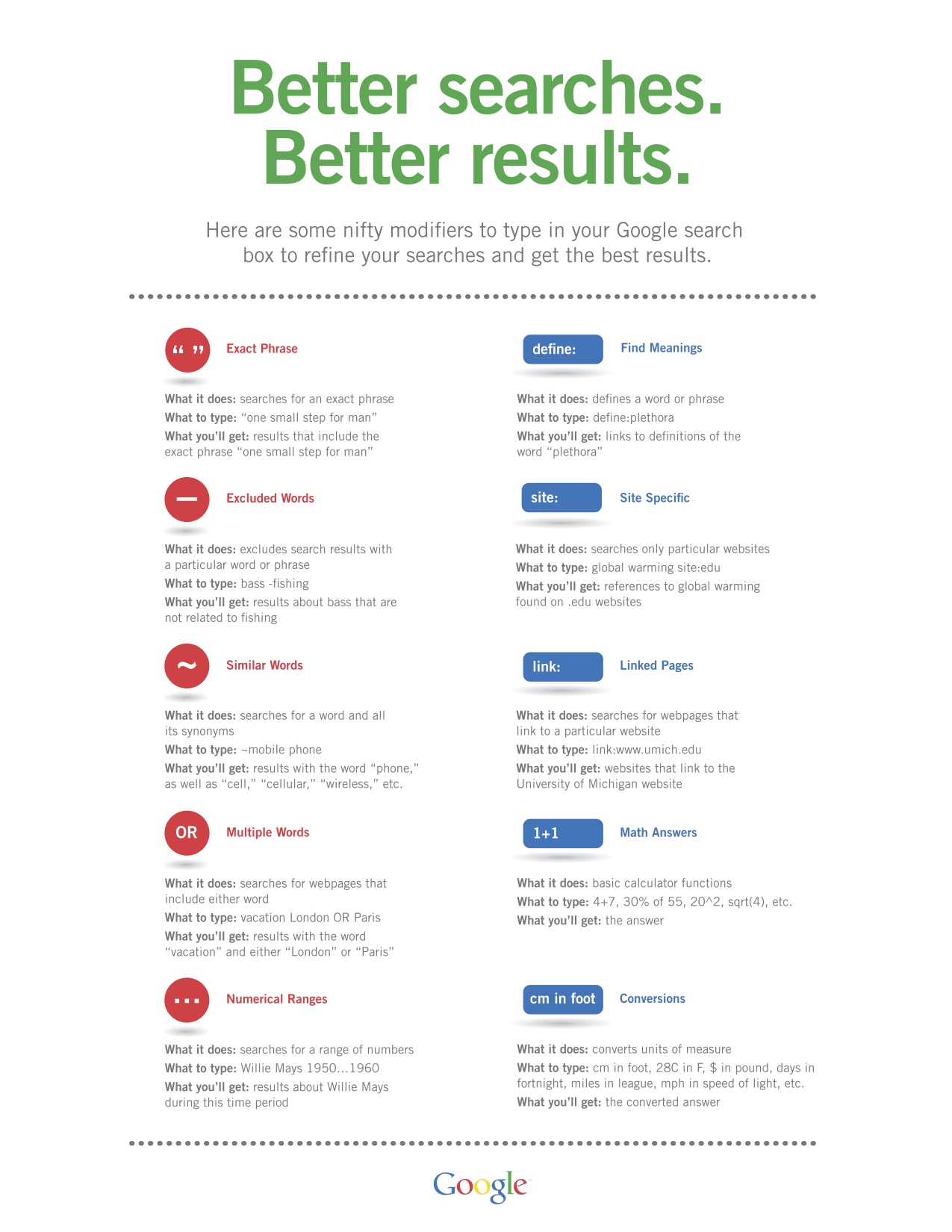The following is from the "Conducting an Interview" page on The Open University site.
"If you are planning to carry out interviews as part of a research project, the first things to consider are who you will interview, what kind of information you want to obtain, and the type of interview that will help you to do that.
- Unstructured interview. The interviewer uses at most an 'aide memoir' - notes to jog the memory - rather than a list of questions. The interview may be like a conversation, with the interviewer responding to the interviewee and letting them speak freely.
- Semi-structured interview. The interviewer has a list of questions or key points to be covered and works through them in a methodical manner. Similar questions are asked of each interviewee, although supplementary questions can be asked as appropriate. The interviewee can respond how they like and does not have to 'tick a box' with their answer.
- Structured interview. The interviewer asks the interviewee a series of specific questions, to which a fixed range of answers are possible ('ticking a box'). This is the typical form of interview used in social survey research, and can provide quantitative data, as in a questionnaire."
Kinds of question
Kvale (1996)* has identified nine types of question asked in qualitative interviews. Keep these in mind when you are composing your interview guide.
- Introducing questions: 'Why did you...?' or 'Can you tell me about...?' Through these questions you introduce the topic.
- Follow up questions: Through these you can elaborate on their initial answer. Questions may include: 'What did you mean...?' or 'Can you give more detail...?'
- Probing questions: You can employ direct questioning to follow up what has been said and to get more detail. 'Do you have any examples?' or 'Could you say more about...?'
- Specifying questions: Such as 'What happened when you said that?' or 'What did he say next?'
- Direct questions: Questions with a yes or no answer are direct questions. You might want to leave these questions until the end so you don't lead the interviewee to answer a certain way.
- Indirect questions: You can ask these to get the interviewee's true opinion.
- Structuring questions: These move the interview on to the next subject. For example, 'Moving on to...'
- Silence: Through pauses you can suggest to the interviewee that you want them to answer the question!
- Interpreting questions: 'Do you mean that...?' or 'Is it correct that...?'
* Kvale S. (1996) InterViews: An Introduction to Qualitative Research Interviews, Sage Publications, California


